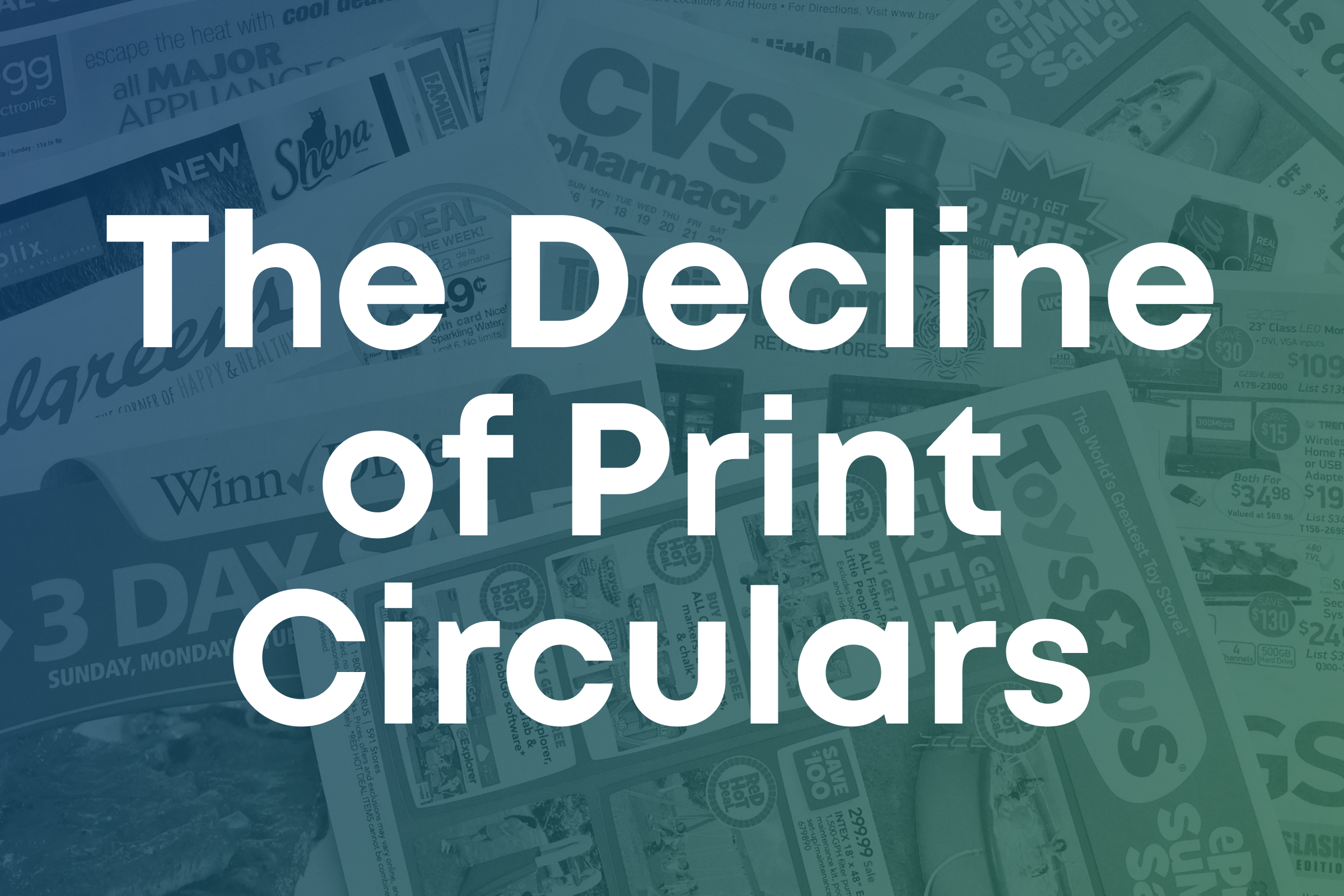Help Your Grocery Business Thrive with First-Party Data
Henry Kim
It’s no secret that a cookie-less future is fast-approaching.
Third-party cookies, or data collected and sold from organizations that don’t often have direct interactions with customers, are on the way out, following the lead of tech giants like Apple and Firefox who have already banned them. Google announced that they will stop using third-party cookies by 2023.
With this shift to a cookie-less future comes new questions: how can retailers leverage first-party data to deliver more personalized experiences, build their own media networks, and future-proof their organizations amidst evolving data privacy regulations? In this post, we’ll unpack how—and why the time to harness the power of first-party data is now.
.png)
Developing an Effective Retail Personalization Strategy
Digital retail media advertising is expected to jump by 31.4% in 2022 to $41.37 billion, as third-party cookies are phased out entirely. This means retailers need to be prepared with a retail media platform that protects the privacy of shoppers while still delivering personalized offers.
In other words: it’s not enough to only have a retail media platform. For optimal results, it must be fueled by first-party data and personalization to help shoppers feel seen and understood on an individual level.
According to a survey from Mckinsey, 80% of consumers are more likely to make a purchase when brands offer personalized experiences. Better yet—personalization translates to a 5-15% increase in revenue and 10-30% increase in efficiency for market spending.
First-party data makes a more effective retail personalization strategy possible because shoppers are directly interacting with retailers, proactively offering up very specific information about their shopping habits and preferences with data that you now own as the retailer.
Personalization Pays Off
One effective personalization strategy retailers can leverage are targeted challenges. By influencing shoppers’ past behaviors with unique insights from first-party data, targeted challenges have the ability to drive engagement with consumers and many offer a gamification aspect that encourages them to buy more of their favorite products. This not only develops a new revenue stream—but a stronger shopper-retailer relationship that breeds longer-lasting loyalty.
By using information that shoppers have directly provided about their purchasing patterns and preferences, retailers can create tailored ads that combine pricing, promotion, and coupon strategies that align with shoppers’ unique preferences and behaviors.
This means you’re giving shoppers what they want while encouraging them to try new products, explore new categories, and ultimately increase their basket size. The result is greater digital ad revenue—without violating shoppers’ privacy.
Leverage First-Party Data with Swiftly
Swiftly’s robust solutions leverage first-party data to help retailers enrich their digital retail loyalty. All data collected on our platform is based on direct customer interactions, whether it’s through their on-app browsing history or their recent purchases.
This establishes a reliable, human interaction with consumers, allowing retailers to deliver a more seamless shopping experience—and create customers for life.
Ready to reap the rewards of a cookies-less future, fueled by personalization and longer-term loyalty? Contact Swiftly today.





